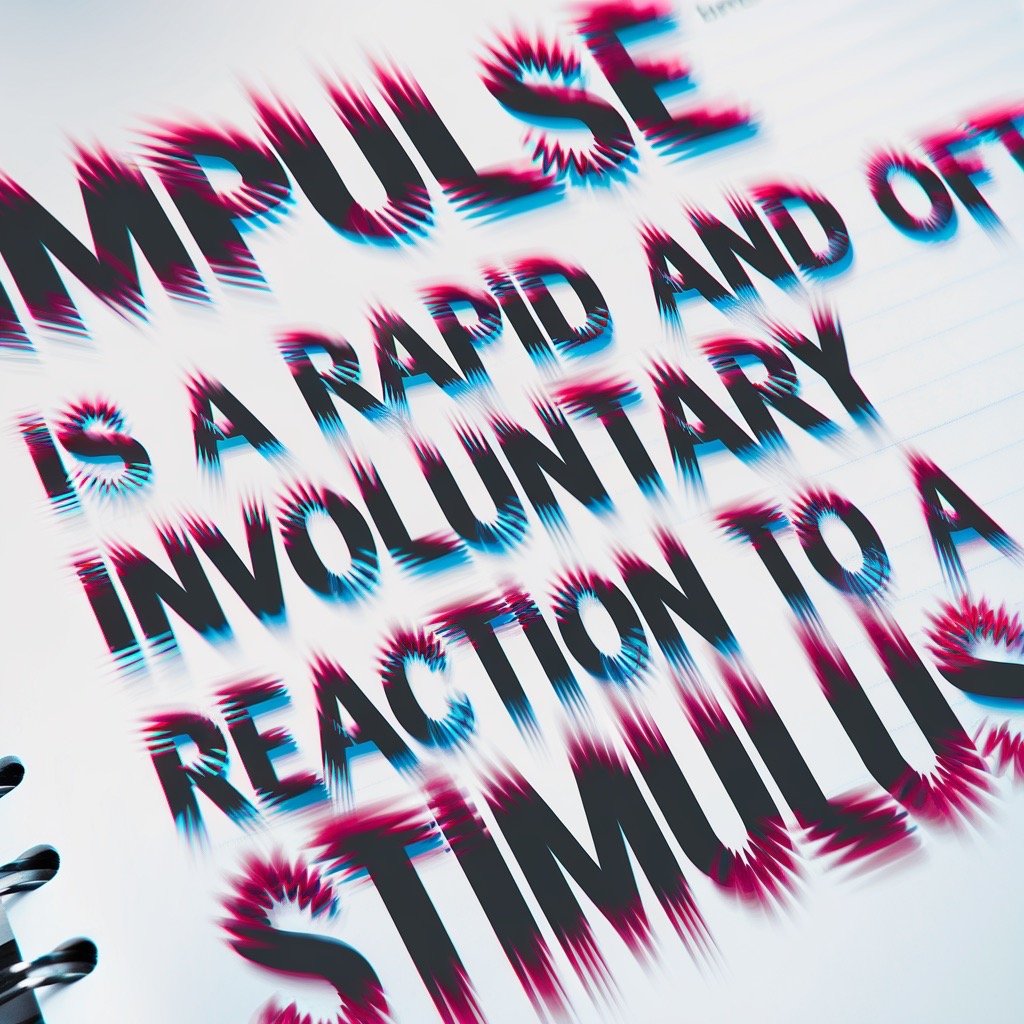Choosing the Right Colors for Signage: Understanding the Psychology and Impact
Choosing the Right Colors for Signage: Understanding the Psychology and Impact
Introduction
Color isn't just a visual element; it's a powerful communication tool, especially in the world of signage. The right colors can make your signs stand out, clearly convey your message, and even influence how people feel and behave. In this guide, we'll dive into the psychology behind colors, explore how different hues impact emotions and decisions, and provide tips on selecting the best colors for various types of signage.
The Basics of Color Psychology
Color psychology is the study of how colors influence human behavior and emotions. Each color can evoke a distinct response, making the choice of color for signage crucial. Here’s a closer look at how various colors are perceived:
Red: Grabs Attention and Signals Urgency
Red is a color that commands attention. It’s linked to passion, urgency, and excitement, making it ideal for situations where you need to grab attention quickly.
Common Uses: Stop signs, emergency exits, sale banners.
Impact: Evokes urgency and excitement, encouraging quick decisions.
Blue: Inspires Trust and Calm
Blue is often associated with trust, reliability, and calmness. It’s a popular choice for corporate settings because it projects professionalism without being too aggressive.
Common Uses: Corporate logos, healthcare facilities, financial institutions.
Impact: Promotes a sense of security and trust, making it ideal for businesses focused on building customer confidence.
Yellow: Optimistic Yet Cautious
Yellow is bright and cheerful, associated with optimism and warmth. However, it's also a color of caution, used for its high visibility.
Common Uses: Directional signs, caution signs, promotional materials.
Impact: Captures attention while conveying a sense of happiness or caution, depending on context.
Green: Natural and Soothing
Green, the color of nature, symbolizes growth, health, and tranquility. It’s favored by brands that emphasize sustainability or wellness.
Common Uses: Environmental signage, wellness centers, organic products.
Impact: Creates a calming effect, ideal for businesses focused on health and environmental consciousness.
Black: Sophisticated and Powerful
Black exudes elegance and power. It’s often used by high-end brands to convey luxury and exclusivity but can be overwhelming if overused.
Common Uses: Luxury brand signage, corporate settings, formal events.
Impact: Adds sophistication and can create a strong visual impact when paired with contrasting colors.
White: Clean and Pure
White is associated with cleanliness, purity, and simplicity. It’s often used in settings where clarity and minimalism are key.
Common Uses: Healthcare signage, minimalist brand logos, directional signs.
Impact: Conveys simplicity and purity, making it perfect for environments where cleanliness is paramount.
Orange: Energetic and Playful
Orange combines the energy of red and the optimism of yellow, making it a lively color often associated with enthusiasm and creativity.
Common Uses: Children’s products, food and beverage signage, entertainment.
Impact: Evokes energy and creativity, appealing to younger or more playful audiences.
Purple: Luxurious and Creative
Purple has long been associated with royalty, luxury, and creativity. It’s often used by brands that want to convey elegance or cater to creative industries.
Common Uses: Beauty products, luxury goods, creative industries.
Impact: Adds a sense of luxury and creativity, suitable for high-end or artistic brands.
Pink: Compassionate and Feminine
Pink is often linked with femininity, compassion, and softness. It’s popular with brands targeting female audiences or those that wish to convey care.
Common Uses: Beauty products, health and wellness, children’s products.
Impact: Evokes feelings of compassion and care, making it suitable for nurturing-focused businesses.
Brown: Earthy and Dependable
Brown conveys stability, reliability, and comfort. It’s favored by brands that want to appear grounded, especially in industries related to nature or craftsmanship.
Common Uses: Organic products, outdoor gear, coffee shops.
Impact: Conveys warmth and reliability, ideal for brands emphasizing down-to-earth values.
Selecting the Right Colors for Different Types of Signage
The type of signage you’re creating should influence your color choices. Consider the following factors based on the environment and purpose of the signage:
Indoor vs. Outdoor Signage
Indoor Signage: Choose colors that complement the lighting and interior design of the space. Lighter colors work well in brightly lit areas, while darker colors stand out in dimmer environments.
Outdoor Signage: Opt for bright, durable colors that contrast with the surrounding environment to ensure visibility.
Retail Signage
Promotional Signage: Use bright, attention-grabbing colors like red or yellow for sales and special promotions.
Branding Signage: Stick to your brand’s color palette to maintain consistency and reinforce brand recognition.
Directional Signage
Clarity is Key: Choose high-contrast color combinations, like black and white or blue and white, to ensure readability from a distance.
Color Coding: Use different colors to distinguish between areas or directions, simplifying navigation.
Safety Signage
Compliance with Standards: Follow established color guidelines for safety signage to ensure consistency and recognizability.
Visibility: High-contrast colors are crucial, especially in environments where visibility may be compromised.
Tips for Effective Color Selection in Signage
Align with Your Brand Identity
Your signage should reflect your brand’s identity. Stick to your brand’s color palette to maintain consistency across all marketing materials, which helps build recognition and trust.
Understand Your Audience
Different colors resonate differently with various demographics. Younger audiences may prefer bright, vibrant colors, while older demographics might favor more subdued tones.
Prioritize Contrast
High contrast between text and background colors is essential for readability, especially from a distance. Dark text on a light background or vice versa is usually a safe choice.
Test in Real Conditions
Before finalizing your signage, test it in the actual environment where it will be displayed. Colors can look different depending on lighting and surroundings.
Keep It Simple
Avoid using too many colors in your signage. A cluttered color palette can overwhelm viewers and dilute your message. Stick to two or three colors for a clean, effective design.
Common Mistakes to Avoid in Color Selection
Ignoring Color Blindness
Around 8% of men and 0.5% of women are colorblind, often struggling to distinguish between red and green. Avoid relying solely on color to convey important information—use text or symbols as well.
Overcomplicating the Palette
Using too many colors can confuse viewers and weaken your message. Simplicity is key to effective communication.
Overlooking Cultural Differences
Colors carry different meanings across cultures. For example, white symbolizes purity in Western cultures but can represent mourning in some Eastern cultures. Consider your audience’s cultural background when choosing colors.
Poor Contrast Choices
Low-contrast color combinations can make text hard to read, especially from a distance. Always ensure sufficient contrast between your text and background.
The Role of Color in Brand Recognition
Color plays a significant role in brand recognition. Consistent use of color across all signage reinforces your brand identity and makes your business more memorable. Think of brands like Coca-Cola (red) or Starbucks (green)—their color choices are integral to their identity.
Conclusion
Choosing the right colors for signage isn't just about aesthetics; it’s about understanding how colors influence behavior and perception. By selecting colors that align with your brand identity, resonate with your audience, and suit the environment, you can create signage that is not only visually appealing but also effective in delivering your message.
Remember, the most effective signage uses color strategically to enhance readability, draw attention, and communicate clearly.
FAQs
Why is color so important in signage?
Color is crucial because it influences how people perceive and respond to your message. The right color choice can attract attention, enhance readability, and evoke specific emotions or actions.
How do I choose the best color for my business signage?
Consider your brand identity, target audience, and the environment where the signage will be displayed. Use colors that align with your brand, appeal to your audience, and ensure visibility and readability.
What colors are best for outdoor signage?
Bright, high-contrast colors like red, yellow, and white are ideal for outdoor signage as they stand out against various backgrounds and are easily visible from a distance.
Can color influence customer behavior?
Yes, different colors can evoke different emotions and behaviors. For instance, red can create a sense of urgency, while blue can instill trust and calmness.
How many colors should I use in my signage?
It’s best to limit your color palette to two or three colors to avoid overwhelming viewers and keep the design clean and effective.
Should I consider color blindness when designing signage?
Absolutely. Avoid using color combinations that are difficult for colorblind individuals to distinguish, such as red and green. Use symbols or text to convey critical information.

